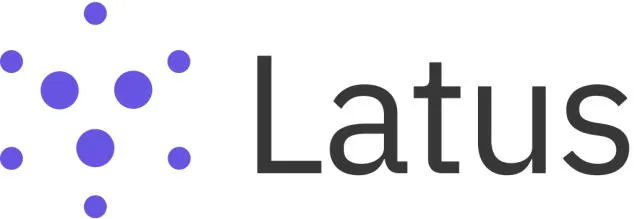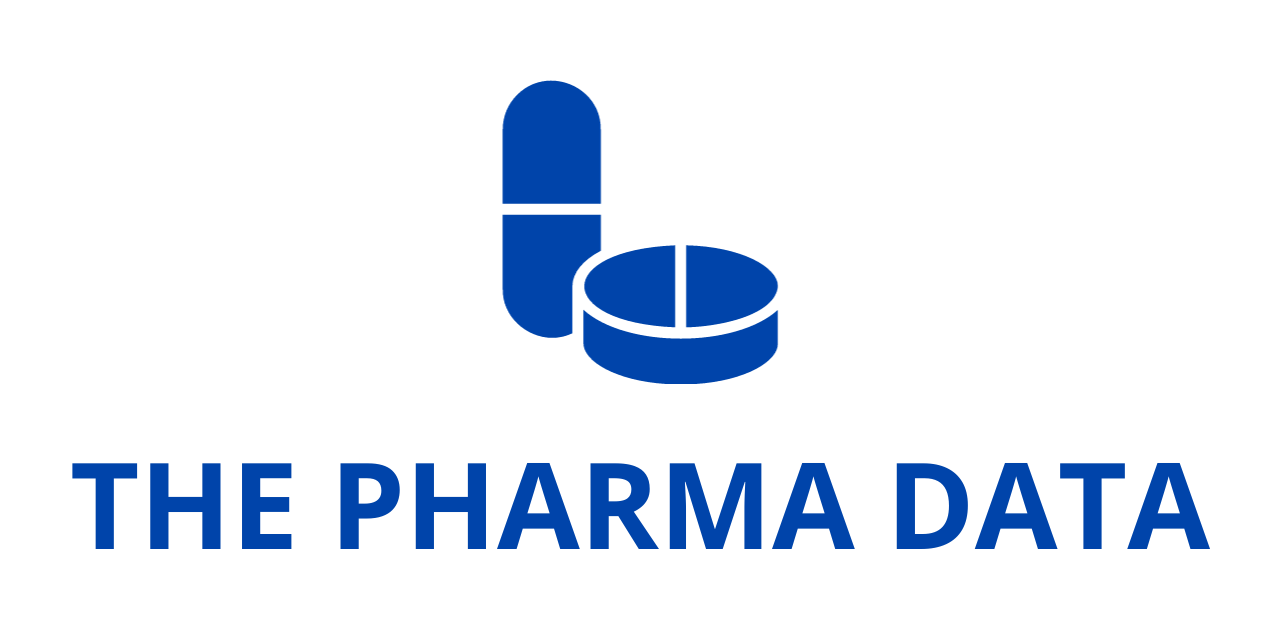
Latus Bio Presents Preclinical Data Supporting Its Huntington’s Disease Gene Therapy Program
Latus Bio, Inc. (Latus), a biotechnology company pioneering advancements in adeno-associated virus (AAV) gene therapy, is pleased to announce the presentation of new preclinical data supporting its investigational gene therapy candidate for Huntington’s disease (HD). These findings will be shared at the 20th Annual CHDI Huntington’s Disease Therapeutics Conference, held in Palm Springs, California, from February 24-27, 2025.
Advancing Gene Therapy for Huntington’s Disease
Huntington’s disease is a devastating, progressive neurodegenerative disorder caused by an expansion of CAG repeats in the HTT gene. This genetic mutation leads to the production of an abnormal huntingtin protein that forms toxic aggregates in the brain, causing widespread neuronal dysfunction and loss. A critical driver of HD progression is somatic instability, the tendency of CAG repeats to further expand in certain brain regions, leading to an accelerated disease course.

Latus Bio is developing a novel gene therapy candidate designed to address this underlying somatic instability. The company’s investigational approach leverages an AAV-based gene therapy that targets the DNA mismatch repair enzyme MSH3, a key contributor to CAG repeat expansion. By knocking down MSH3, Latus aims to mitigate somatic instability and potentially slow disease progression, offering a promising therapeutic avenue for HD patients.
Key Presentations at CHDI HD Therapeutics Conference
Latus Bio’s research team will present two significant sets of data at the conference:
1. Computational Modeling to Predict the Impact of MSH3 Knockdown
The first presentation will focus on Latus’ novel computational model designed to predict the effects of MSH3 knockdown on somatic instability in HD. This model incorporates biological and genetic parameters to estimate how reducing MSH3 expression could influence CAG repeat expansion in the brain. By simulating various scenarios, the model provides insights into the potential therapeutic benefits of targeting MSH3 and informs the development of gene therapy strategies.
“Our computational model offers a powerful predictive tool for understanding how MSH3 knockdown could impact somatic instability in Huntington’s disease,” said Jang-Ho Cha, MD, PhD, Chief Scientific Officer and Chief Medical Officer of Latus Bio. “This model allows us to refine our gene therapy approach, optimizing its potential efficacy and safety before advancing into clinical trials.”
2. Preclinical Data Demonstrating Efficacy of MSH3 Knockdown in HD Models
The second presentation will highlight new preclinical data demonstrating successful MSH3 knockdown using an artificial microRNA (miRNA) delivered via Latus Bio’s proprietary AAV-DB-3 capsid. In a well-established HD mouse model, this gene therapy approach led to significant reductions in somatic instability, aligning with predictions from the computational model.
Key findings from the preclinical study include:
- Efficient Targeting: The AAV-DB-3 capsid successfully delivered the miRNA payload to relevant brain regions affected by HD, including the striatum and cortex.
- Reduction in Somatic Instability: Knockdown of MSH3 led to a measurable decrease in CAG repeat expansions within neuronal cells, suggesting a potential disease-modifying effect.
- Safety and Tolerability: The therapy was well tolerated in the animal model, with no significant adverse effects observed over the study period.
Implications for Future Huntington’s Disease Treatments
The promising preclinical results support further development of Latus Bio’s gene therapy candidate as a potential one-time treatment for HD. Current therapeutic options for HD primarily address symptoms, but no approved treatments target the root cause of the disease or slow its progression. Gene therapy approaches like Latus’ offer a novel avenue for disease modification by directly addressing the underlying genetic mechanisms driving HD pathology.
“With Latus’ game-changing AAV-DB-3 capsid, we plan to develop a one-time treatment that delivers potentially definitive therapy to the regions of the brain most affected by Huntington’s disease,” added Dr. Cha. “This could represent a transformative step forward for patients and families affected by this devastating condition.”
Next Steps in Development
Following the encouraging preclinical findings, Latus Bio plans to initiate Investigational New Drug (IND)-enabling studies to support future clinical trials. The company will continue refining its gene therapy approach, optimizing vector delivery, dosing, and safety parameters to ensure the best possible therapeutic outcomes.
Additionally, Latus is engaging with regulatory agencies and key stakeholders to chart a clear path toward clinical evaluation. If successful, this therapy could represent a major advancement in HD treatment, offering hope to patients and families seeking effective disease-modifying interventions.




